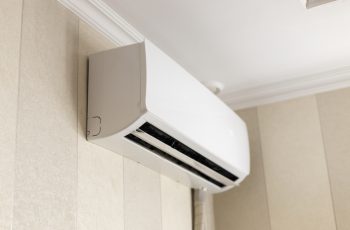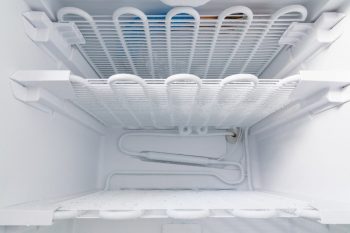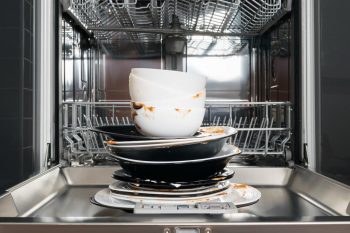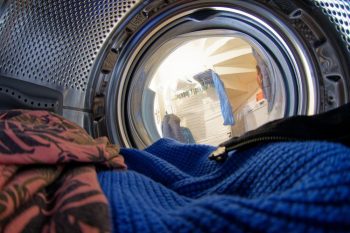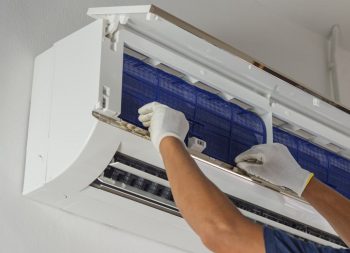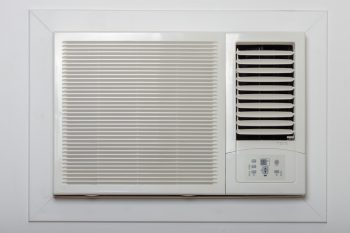
Microwaves have become an indispensable part of our kitchens, offering convenience and efficiency in cooking and heating food. However, like any other appliance, microwaves can experience issues. One common problem that many users encounter is the microwave not turning on. In this comprehensive guide, we’ll explore the possible reasons for this issue and offer solutions to help you diagnose and fix the problem.
Your microwave might not turn on due to several reasons such as a blown fuse, faulty door switch, power outlet issue, defective main control board, or a problem with the thermal fuse or cut-out. You can diagnose the issue by checking the power outlet, inspecting the door switch, and checking the fuse. If you’re unable to fix the issue, it’s best to seek professional help.
Common Reasons Why Your Microwave Won’t Turn On
There could be several reasons why your microwave won’t turn on. Here are the most common ones:
- Blown Fuse: A blown main fuse is often the culprit behind a microwave not working. Power fluctuations or a defective component can cause the fuse to blow, interrupting the power supply to the microwave.
- Faulty Door Switch: The microwave’s door switch signals other components to begin powering when the door is closed and stop when the door opens. If the door switch is faulty, the microwave won’t start heating.
- Power Outlet Issue: A faulty power outlet can prevent the microwave from turning on. Make sure the microwave is plugged into a working power outlet.
- Defective Main Control Board: Though uncommon, a defective main control board could prevent the microwave from working.
- Thermal Fuse or Cut-Out Issue: A problem with the thermal fuse or cut-out could stop your microwave from turning on. These components interrupt the electrical flow if the microwave overheats.
Diagnosing the Issue
Power Outlet Issue
To diagnose if the problem is from the power source or outlet, follow these steps:
- Check the power cable: Ensure that the power cable is properly connected to the wall socket and the device.
- Check the circuit breaker: If the outlet isn’t working, check your circuit breaker panel.
- Test other devices: Plug a different device into the same outlet to see if it works.
- Inspect other outlets: Check other outlets in the same room to see if they are also not working.
Faulty Door Switch
If the door switch or latch assembly is damaged or malfunctioning, the microwave may not start because it thinks the door is open. Conversely, if the door switches malfunction, the microwave might start running as soon as the door is shut, even without you pressing the start button.
Blown Fuse
A blown fuse can prevent the microwave from turning on because it interrupts the power supply to the controls of the microwave, rendering it nonfunctional.
Defective Main Control Board
Signs and symptoms of a faulty control panel in microwaves include unresponsive buttons, inconsistent button functionality, strange noises, and slow heating.
Fixing the Issue
Before you attempt to fix these issues, remember to unplug the microwave to avoid any risk of electric shock. If you’re not comfortable troubleshooting or repairing electrical appliances, it’s best to consult a professional technician to diagnose and fix the issue.
Power Outlet Issue
If the issue is with the power outlet, you may need to check the circuit breaker or replace the outlet.
Faulty Door Switch
For a faulty door switch, you may need to replace the door switch or latch assembly.
Blown Fuse
If the fuse is blown, you will need to replace it. However, replacing a microwave fuse requires disassembling the microwave, which can be dangerous due to the high voltage stored in the microwave’s capacitors.
Defective Main Control Board
If the main control board is defective, you will most likely need to replace it.
When to Seek Professional Help
If you’ve tried troubleshooting and the microwave still won’t turn on, it’s time to call a professional. Professional technicians have the necessary tools and experience to diagnose and fix the issue safely and efficiently.
Preventive Maintenance Tips
To avoid issues in the future, it’s essential to practice preventive maintenance. This includes regularly cleaning your microwave, checking for any signs of wear or damage, and using the microwave properly.
Conclusion
While it’s frustrating when your microwave won’t turn on, understanding the possible causes can help you troubleshoot and fix the issue. However, always prioritize safety when dealing with electrical appliances. When in doubt, don’t hesitate to seek professional help.
Frequently Asked Questions
How can I test if the microwave’s fuse is blown?
To check if the fuse is blown, you will need a multimeter. After unplugging the microwave and discharging the high voltage capacitor, locate the fuse and remove it. Set the multimeter to continuity mode and touch one probe to each end of the fuse. If the multimeter beeps, the fuse is good. If there’s no beep, the fuse is blown.
How often should I clean my microwave?
It’s recommended to clean your microwave once a week or whenever spills or splatters occur. Regular cleaning can prevent odors and extend the lifespan of your microwave.
Can I fix a defective main control board by myself?
Fixing a defective main control board is a complex task and typically requires professional help. If you’re not experienced with electrical appliances, it’s best to hire a professional technician to avoid any risk of electrocution.
What should I do if the microwave starts running as soon as the door is shut?
If the microwave starts running as soon as the door is shut, it’s likely due to a faulty door switch. Unplug the microwave immediately and consult a professional technician.
How do I prevent power fluctuations from damaging my microwave?
To protect your microwave from power fluctuations, consider using a surge protector. This device can regulate the voltage supplied to the microwave and prevent damage from power surges.


